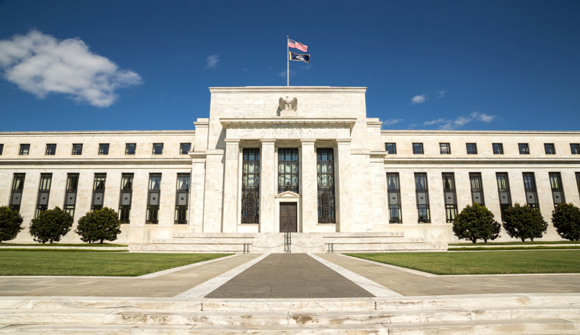
Where the Fed Will Be When the Next Downturn Comes … The easy-money policy may bump inflation over 3% in the next few years, setting up interest-rate increases. -WSJ
This article in the Journal provides us with a scenario regarding another slump and how the Fed will react.
It is written by Martin Feldstein, chairman of the Council of Economic Advisers under President Ronald Reagan and a member of the Journal’s Board of Contributors.
The notable point of the article is that despite conversations about tightening, easing is going to be the Fed’s continued stance.
Beyond this, Feldstein’s perspectives are not remarkable. However, notably, the article’s feedbacks are more broad-based and skeptical than Feldstein’s perceptions.
They show us how the public’s insights are quickly outstripping monetary information in even the largest mainstream publications. First, Feldstein.
Feldstein certainly doesn’t make radical points regarding how the Fed might operate over the next few years.
He begins by reminding us that Janet Yellen’s June 21st testimony before the Senate stated the chances of a U.S. recession this year were “quite low.”
The key question, he points out, is what to do when the next downturn does come.
When the U.S. economy headed into recession at the end of 2007, the Fed cut the short-term federal-funds rate by three percentage points within 12 months. But it can’t do that anytime soon with short rates at less than 1%.
And raising the federal-funds rate now to 3% or more would push the economy into recession.
He follows this with the observation that “Fed policy is headed down a path that could eventually solve this problem.”
The logic here is that the Fed plans to continue an easy monetary policy over the “next few years.”
Given Ms. Yellen’s fairly frequent references to rate hikes, this is a surprising statement. But Feldstein seems confident.
He predicts that such a policy will drive price inflation to around 3%.
Once inflation is at 3%, the federal-funds rate could be upped as well, “reaching at least a 3% nominal rate, while still keeping a low or negative real fed-funds rate.”
What would be the upshot? If the Fed can raise the rate of inflation along with the fed-funds rate without recessionary effects, the problem of not having a high enough rate will be removed.
The downside according to the article is that an easy monetary policy going forward will make markets nervous. However, the Fed could argue that moving the inflation rate toward 3% is necessary because higher rates are dependent on it.
Feldstein also points out that when “the U.S. economy does experience the next economic downturn, economic recovery need not depend on monetary policy alone.”
He calls for a short-term fiscal stimulus plus spending reductions. And he hopes that once the election is finished that attention will be paid to designing such a policy in advance of the actual event occurring.
The problem with all of the above, of course, is that it rehearses monetary policy that has brought us to a particularly awful point in time: The current economic climate is miserable, far worse than Feldstein acknowledges.
He talks of rates and inflation but the real problem in the US and the world is a quasi-depression that has not departed since 2008.
No monetary policy has surmounted that. And Feldstein’s idea that carefully crafted monetary policy can make a difference at this point seems at least questionable.
As noted, feedbacks seem to outstrip Feldstein’s insights. Here’s an example:
One long op-ed describing the inner works of the Fed’s Keynesian buttons and “control knobs” that are pushed and turned as a purported means to control the economy through the supply of money and credit.
Or as the Austrians would say, a nice description of how the Fed will usher in the next bust-boom (aka business) cycle …
Ten years ago, or even five, a mention of Austrian economics in the feedback section of a major daily publication would have been most surprising.
But one reason that central banking has come under fire in the ‘teen 2000s is because more people are aware of how central banking works and the Austrian arguments against it.
Additionally, people are very skeptical of government numbers these days. The feedbacks mention that inflation is a good deal higher “in the real world” than the 2% Feldstein presents.
Conclusion: Feldstein may provide us with a logical scenario for anticipating the next decline. But a larger issue continues to be whether central banking in general and the Fed in particular have lost a critical amount of credibility. If so, then challenges to the Fed may primarily involve its survival as currently constituted rather than how it faces the next downturn.
